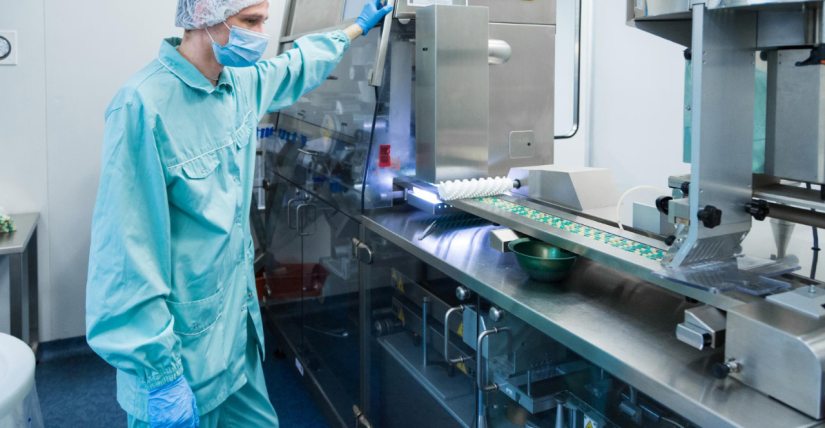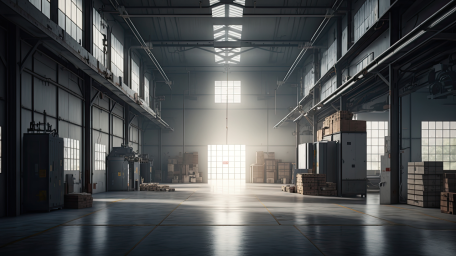In food manufacturing, a product recall does more than disrupt operations. It puts customer safety at risk and can damage the reputation a brand has spent years building.
While a recall may seem like an abrupt crisis, it often stems from deeper, longer-standing issues. One of the most overlooked contributors is the design of the equipment itself.
The Hidden Hazards Of Outdated Equipment
Even the most safety-conscious food facilities can face challenges when working with equipment that was not designed for easy cleaning. Machinery with flat surfaces, open seams, or hard-to-reach areas makes it difficult to remove residue and debris. These areas often become hidden breeding grounds for bacteria and contaminants.
Older machines that have been modified over time can become particularly problematic. They may not align with current sanitary design standards or allow for efficient cleaning. Equipment that lacks clean-in-place capabilities or quick-release components forces teams to improvise, increasing the chance of human error.
Why Design Should Prevent, Not Just Contain
Modern food manufacturers are moving away from reactive measures and investing in equipment that actively helps prevent contamination. Features such as smooth, rounded edges, sealed welds, and angled, self-draining surfaces are designed to limit places where microbes can collect.
Automation also plays a key role. Reducing manual handling of products and limiting the number of human touchpoints helps lower the risk of contamination. When equipment is designed with automation in mind, it promotes consistency, improves throughput, and enhances safety across the board.
Reliable Support Complements Strong Design
Avoiding recalls is not just about having the right hardware. The systems that surround and support that equipment matter just as much. Preventive maintenance programs, easy access to replacement parts, and responsive technical support all help keep lines running smoothly.
Facilities that pair good equipment design with 24/7 monitoring and support systems are better positioned to catch small problems before they grow. Regular training and user-friendly machinery also make it easier for staff to follow sanitation procedures, even during high-pressure production windows.
Prevention Is A Strategic Priority
Avoiding product recalls requires more than quick reaction times. It calls for foresight and smart planning. When a company puts cleanliness, ease of maintenance, and process control at the center of its equipment design, it creates a ripple effect that strengthens every part of the operation.
In today’s competitive landscape, prevention is not a luxury—it is a necessity. Facilities that take the time to build strong foundations with thoughtful equipment design are better equipped to protect their products, their customers, and their brand.
Explore how intentional equipment design and proactive process planning come together to reduce risk in the visual breakdown of the recall lifecycle from Bak Food Equipment, a provider of brine injectors.
Read Also:
- The Future Of Food Safety: Next-Gen Technologies On The Rise
- The Hidden Cost Of Overlooked Cleanliness In Restaurants
- 21 Fun Food Truck Ideas To Try Out In 2025




Leave A Comment